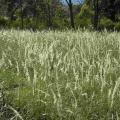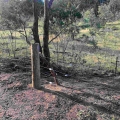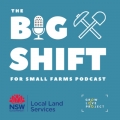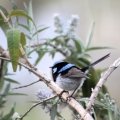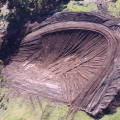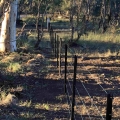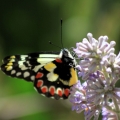What Survived, Where?
Published 8th April 2022. Written by Maddison O’Brien
One of the questions that got us thinking after the 2019/2020 bushfires is; what has survived, and where? Some properties within the Watershed area, including properties around the Olinda and Rylstone regions, were affected by bushfires. Assessing the impacts of these fires on native flora and fauna is a critical task before any rehabilitation can take place. The ‘What Survived, Where?’ The project is now underway, and its mission is to do just that!
Over the past few weeks, Watershed Landcare has been working with Habitat Innovation and Management to conduct surveys in bushfire affected areas. We’re looking closely at what animal species have returned, what plants are recovering well, and what works need to be done to aid rehabilitation. Some extraordinary discoveries were reported using wildlife cameras, including sightings of a Greater Glider, Squirrel Gliders, Liar Birds, and Tawny Frog Mouths, just to name a few. The team also sighted a mysterious big black cat and feral pigs in the area. These observations are crucial as they fill in the knowledge gaps as to what native animals might not yet have returned so that habitat restoration can occur specific to these ‘at risk’ species.
Innovative nesting boxes from Habitech are being trialled, which is exciting because of the 3D printing technology and research behind the designs. The specially designed nesting boxes attract specific animals and closely mimic natural nesting sites: the initial installation is targeting Gliders, Possums and Medium-sized parrots and will be closely monitored for signs of activity and hopefully breeding in the future. We spoke to Carl Tipper from Habitat Innovation and Management, who is working on the project.
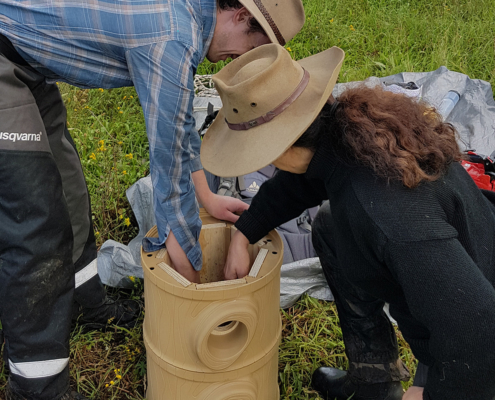
“The properties we’re working on are really beautiful and unique places. We’re trying to welcome back the animals that have been devastated by fire”.
“We’re effectively taking a census or an inventory to paint a picture of what’s already there. We can work out what species might be struggling and then choose some specific targets and work to improve their habitat.”
In addition to the nesting boxes, targeted on-ground works will begin, including weeding, tree planting and seed collection. We’d like to accelerate recovery by filling in gaps in vegetation and controlling weeds. The project is set to continue during 2022, and we’re feeling optimistic that we’ll make a difference in native flora and fauna recovery in the region.
This project is supported by the Landcare Led Bushfire Recovery Program. The Program is part of a $14 million Federal Government commitment to deliver on-ground activities to aid in the recovery of native wildlife and habitat in seven regions severely impacted by the Black Summer bushfires. If you have any questions or want to know more, go to watershedlandcare.com.au/contact



